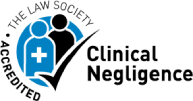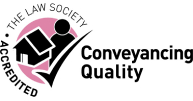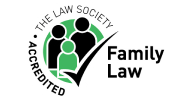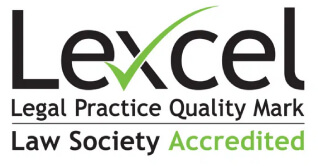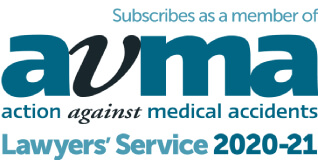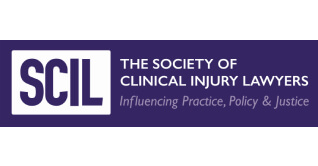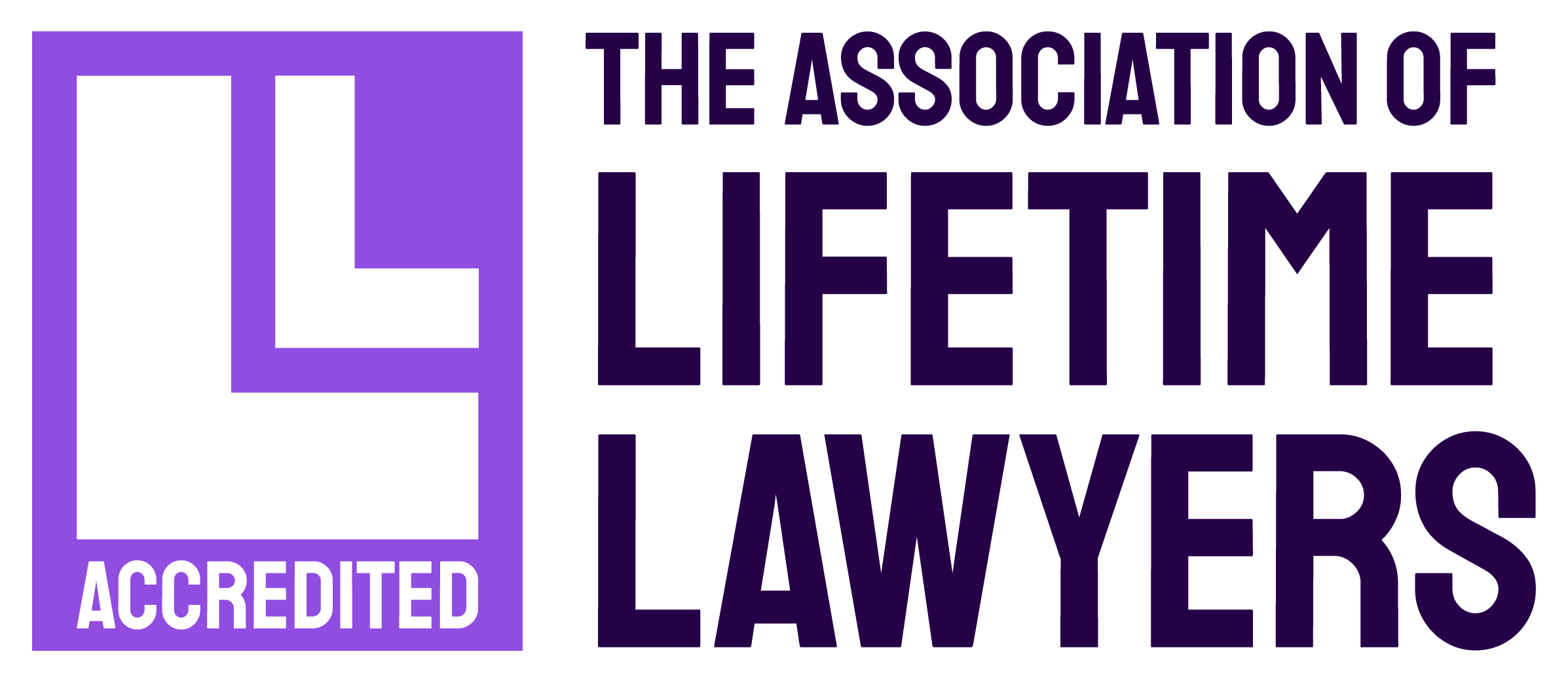What families need to know about the Residence Nil-Rate Band
With property values continuing to rise, more families than ever are becoming concerned that their estates will become liable to Inheritance Tax (IHT) at 40%. In 2016-17, the latest tax year for which HMRC has Inheritance Tax records, 28,100 deaths resulted in an IHT charge, a 15% rise on the previous year . IHT receipts have been rising steady since 2009-10, mostly due to the freezing of the £325,000 Nil-Rate Band (NRB) tax-free threshold in April 2009.
However, in the 2015 Summer Budget, it was announced by former Chancellor George Osborne that a new NRB was to be introduced starting in April 2017 – the Residence Nil-Rate Band (RNRB). This would be available in addition to an individual’s own NRB of £325,000. This allowance covers the main residence when passed down to descendants, and was intended to reduce the IHT burden faced by ordinary families. At the time, it gave rise to many headlines suggesting that everyone would immediately be able to leave a tax-free legacy of £1m but, as you’ll see below, the changes will only take full effect in April 2020, and aren’t applicable in all cases.
The new RNRB will apply to you if you pass your main residence down to a ‘direct descendant’. For RNRB purposes, the term ‘direct descendant’ refers to:
- a child, grandchild or other lineal descendant
- the husband, wife or civil partner of a lineal descendant (including their widow, widower or surviving children).
This also includes:
- a child who is, or was at any time, your step-child
- your adopted child
- a child fostered at any time by you
- a child for whom you have been appointed as a guardian or a special guardian, when the child is under the age of 18.
Phased introduction
The allowance has been gradually phased in over four years. Starting in April 2017, the RNRB allowance was £100,000, rising to £125,000 in April 2018, £150,000 in April 2019 and finally to £175,000 in April 2020. This is in addition to the individual IHT allowance, which remains unchanged at £325,000.
How does the RNRB work?
Once the changes are fully implemented in April 2020, it will mean that each parent will be able to leave £500,000 in assets that include a ‘family home’ component of at least £175,000. Additionally, the allowance can be passed from one spouse or civil partner to another on death, meaning that when the first partner dies, their allowance will be transferred to the surviving partner, giving them an allowance of £1 million. Where a property is worth over £2 million, the family home allowance (but not the individual allowance of £325,000) reduces by £1 for every £2 the property is valued above £2 million.
Furthermore, only one residential property will qualify for the relief, but it is possible to nominate which property you would prefer to qualify if there is more than one in the estate. Properties that have never been lived in, such as Buy-to-Let properties, will not qualify.
Moving out of the property
The family home doesn’t need to be owned on death to qualify for RNRB. This can provide relief to those who may have downsized or sold their property to move into care or to live with a relative. The RNRB will still be available, if the property disposed of was owned by the individual and would have qualified for RNRB had the individual retained it, and if the replacement property or assets form part of the estate passed to their descendants.
To qualify, the downsizing or disposal of the property must have taken place after 8 July 2015. However, there is no time limit of the period between the disposal and the date of death.
Planning for the future
With the final phase of the RNRB introduction due to take place in April 2020, it makes good sense to review the terms of your Will. You could face losing the RNRB if your main residence is placed into a Discretionary Will Trust for the benefit of children or grandchildren.
The rules surrounding the operation of the RNRB and IHT planning are complex, so if your family looks set to face IHT liability, come to us so we can offer sound advice to ensure you pass on your assets as tax efficiently as possible.







